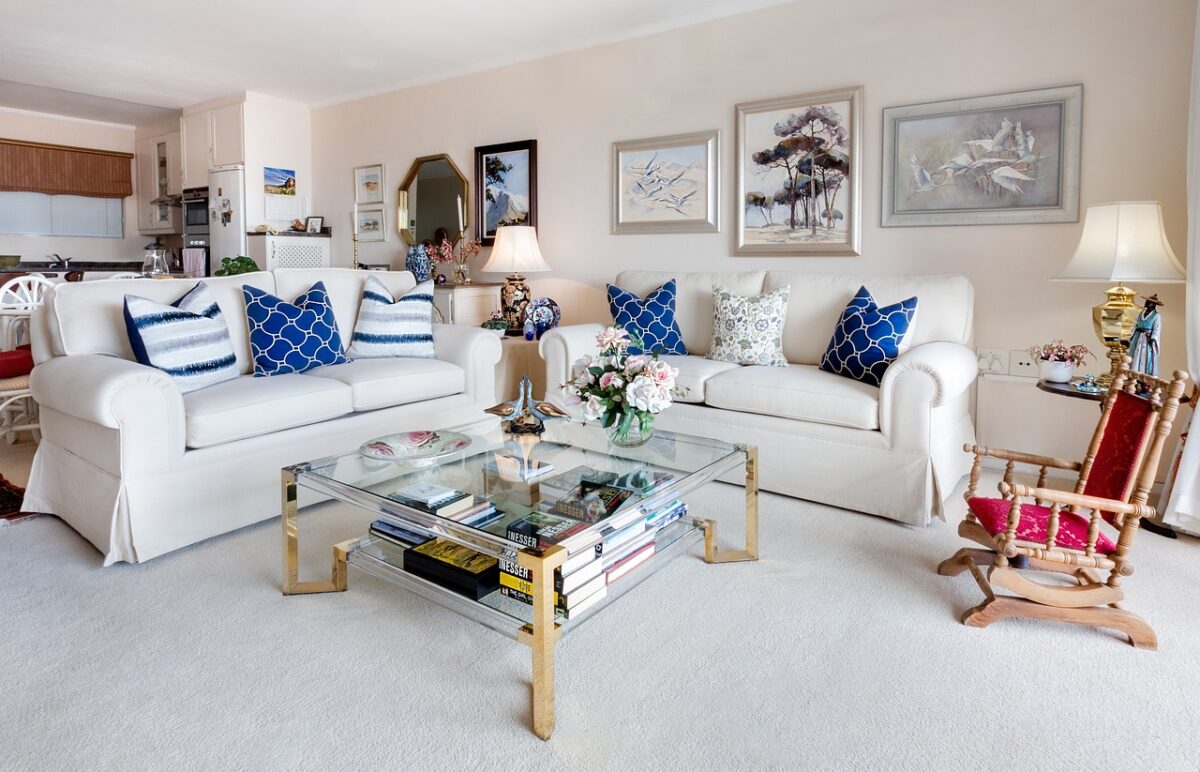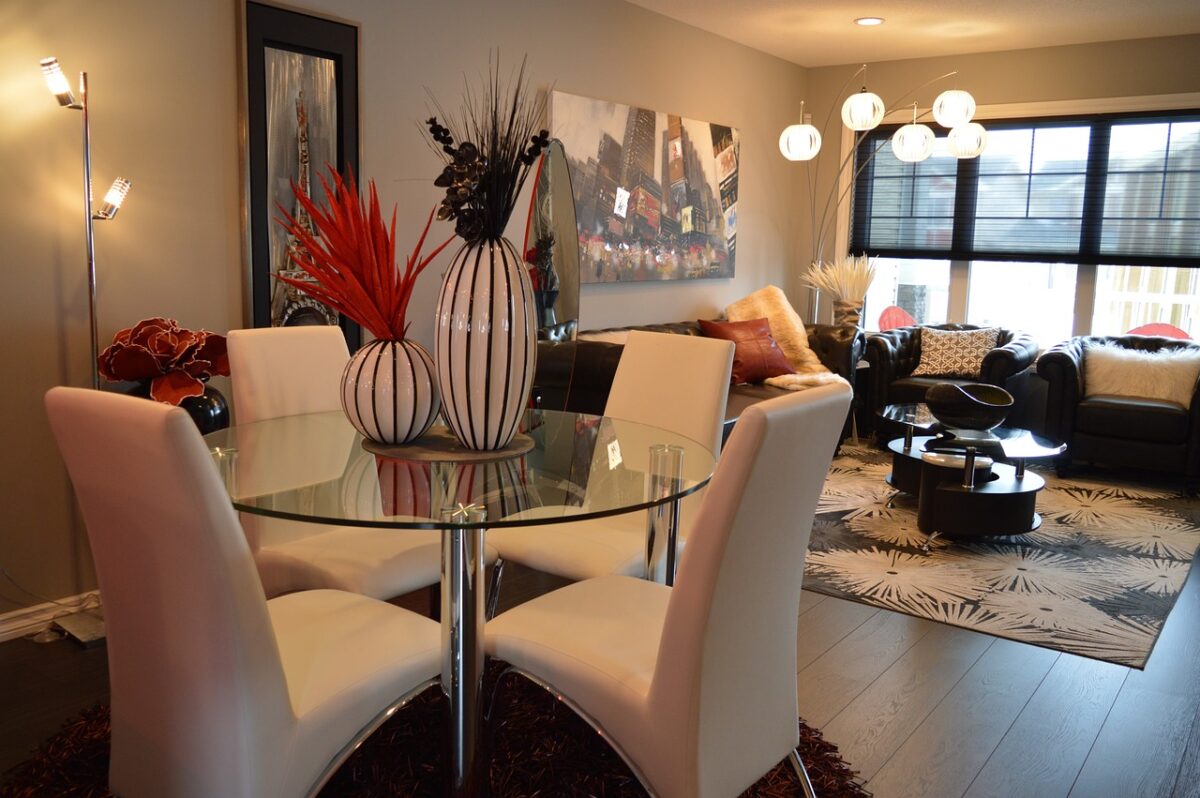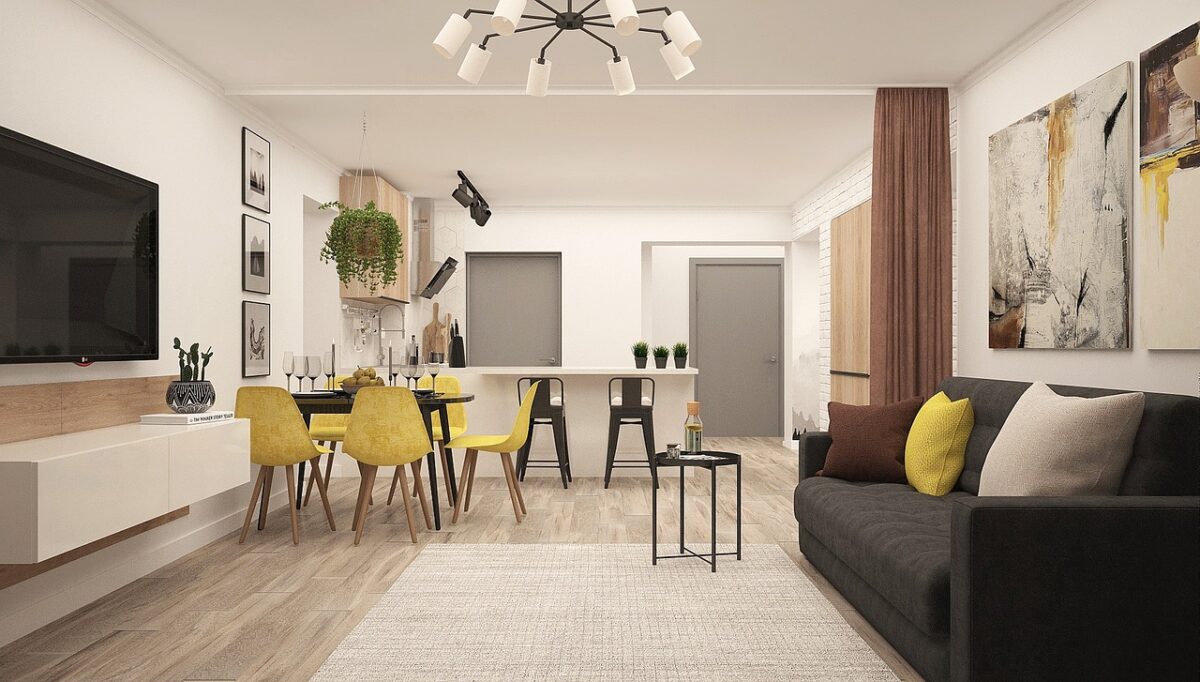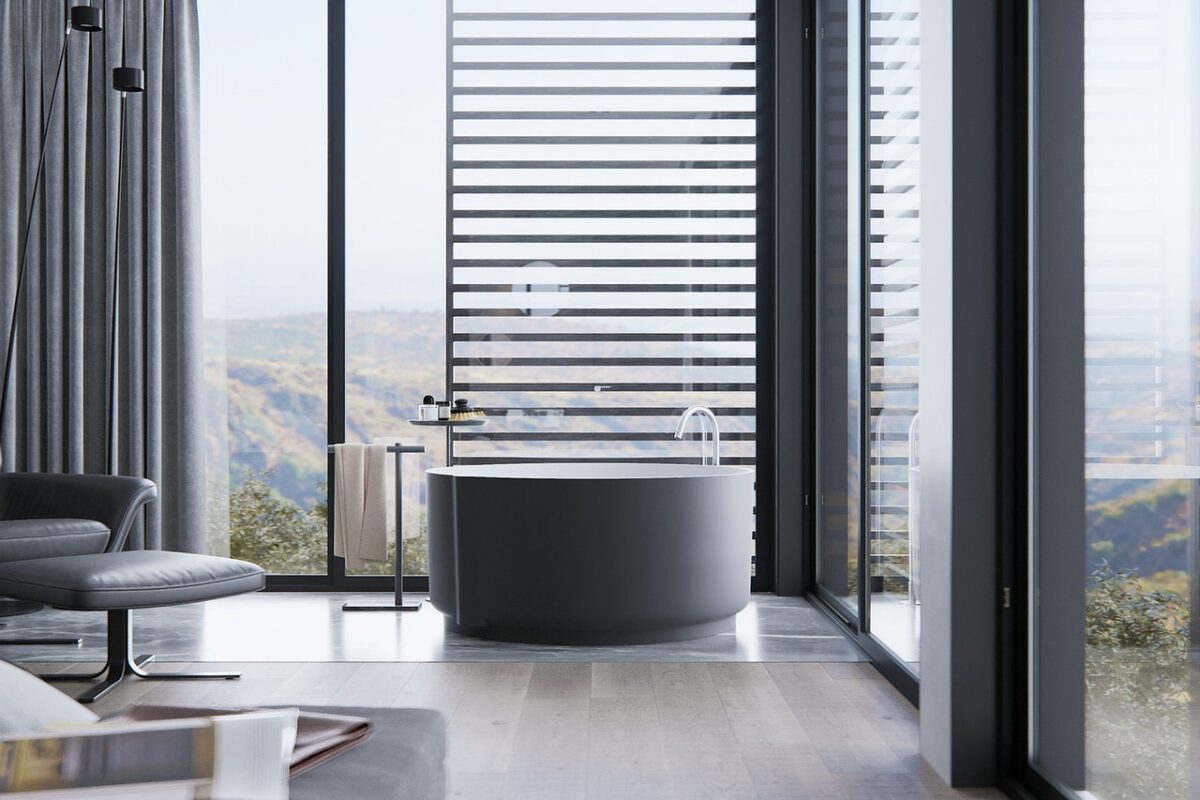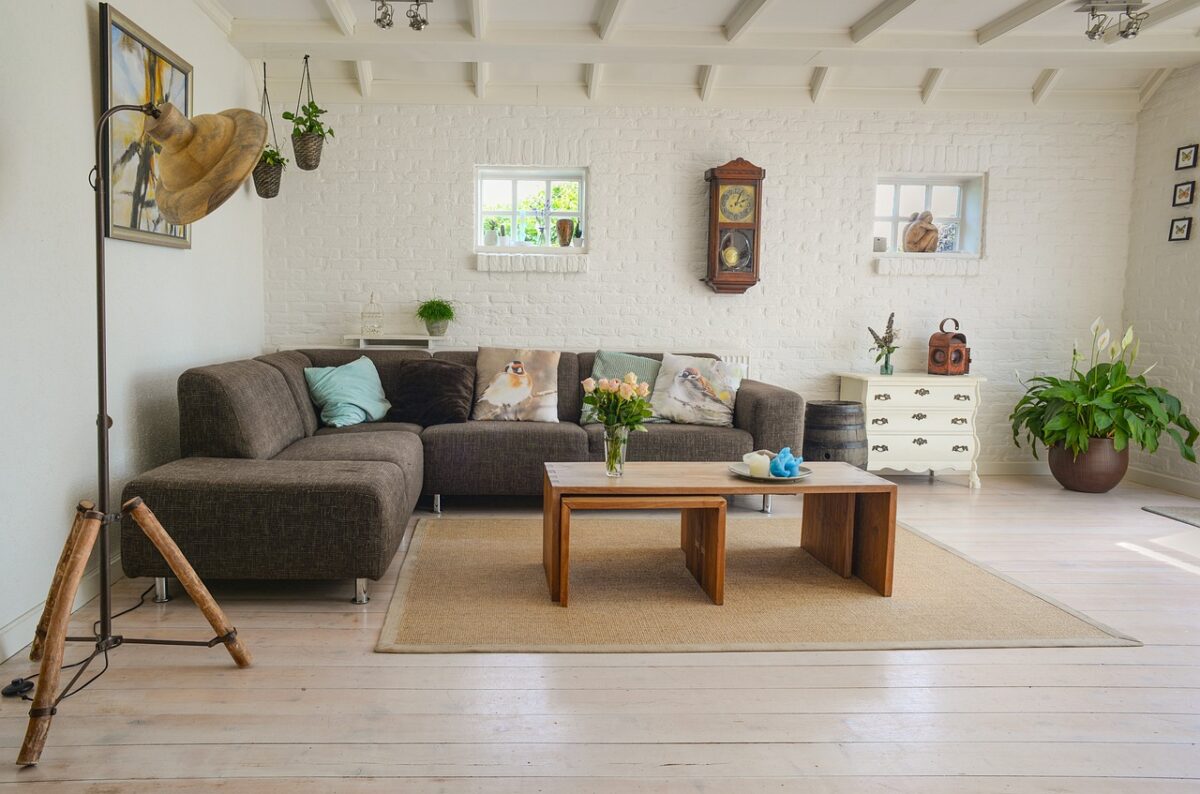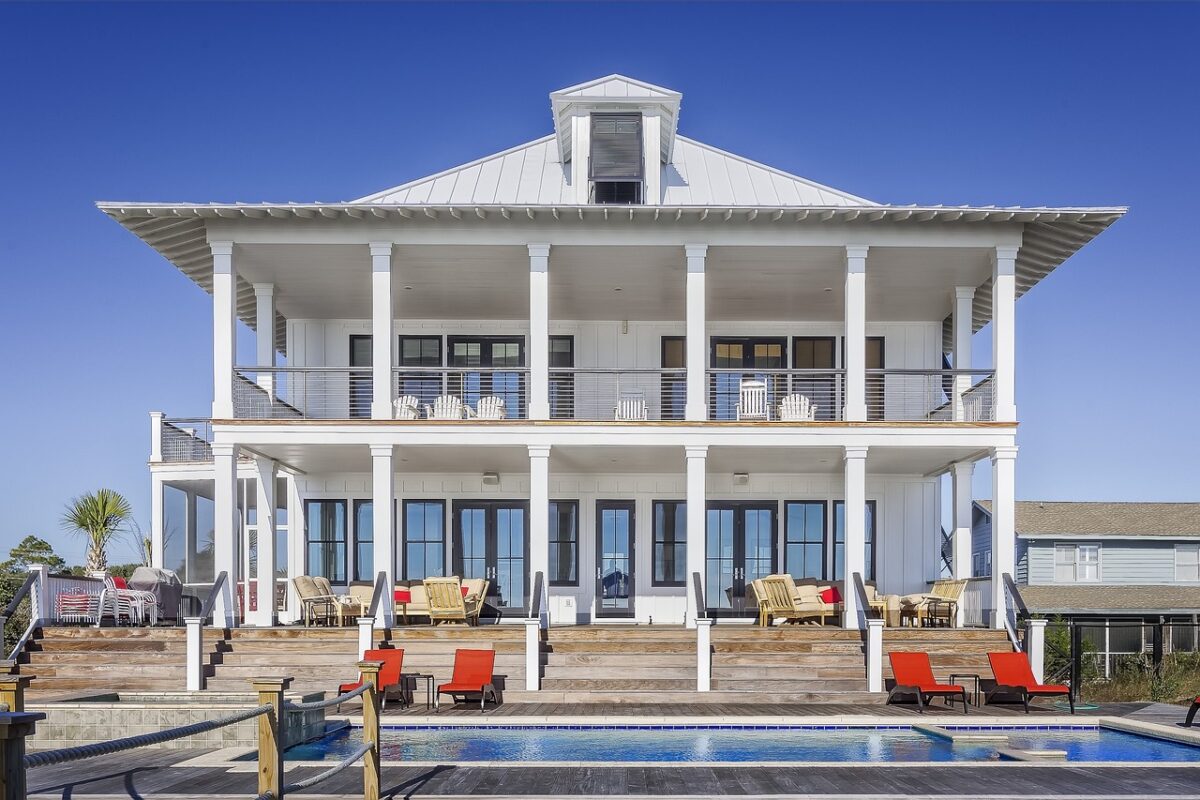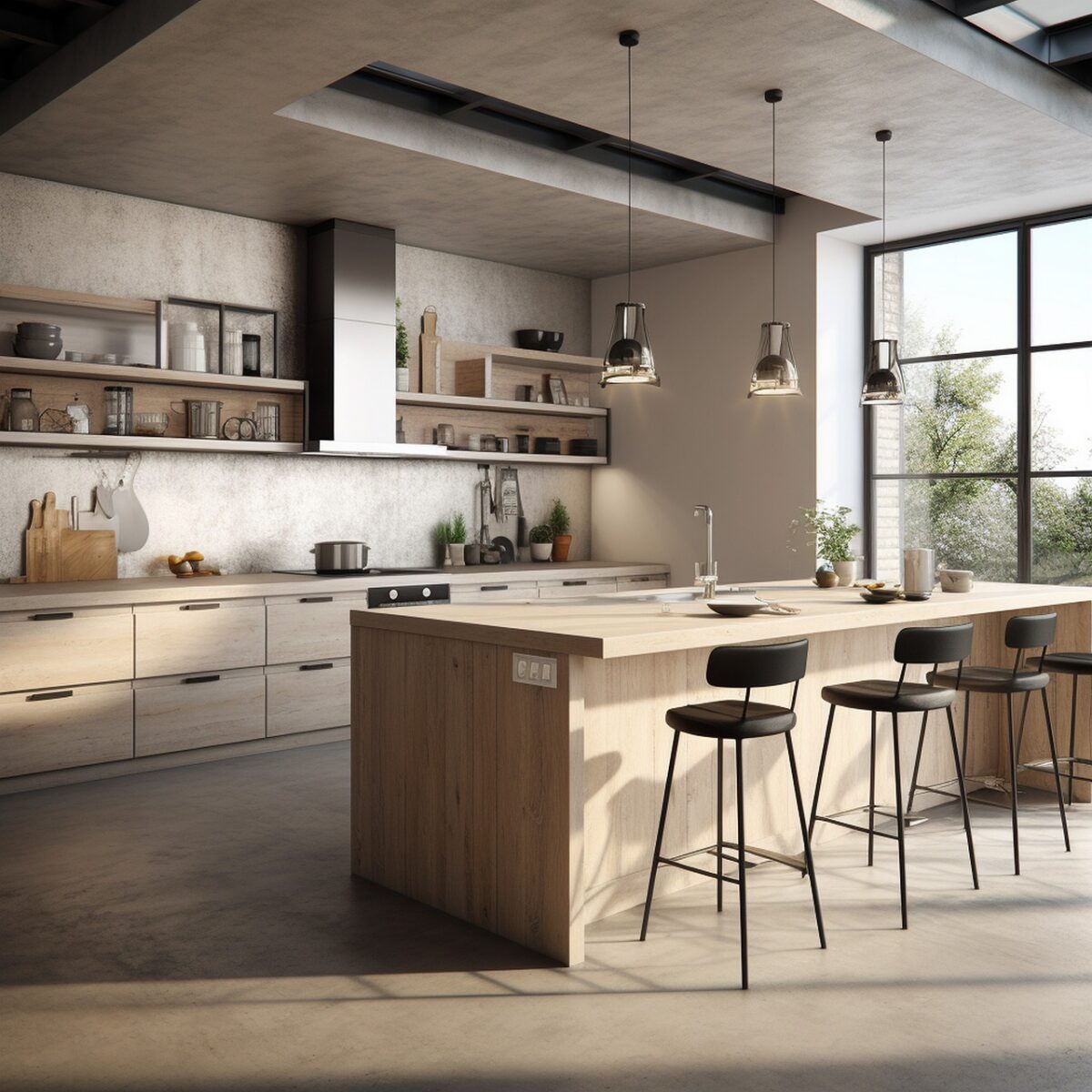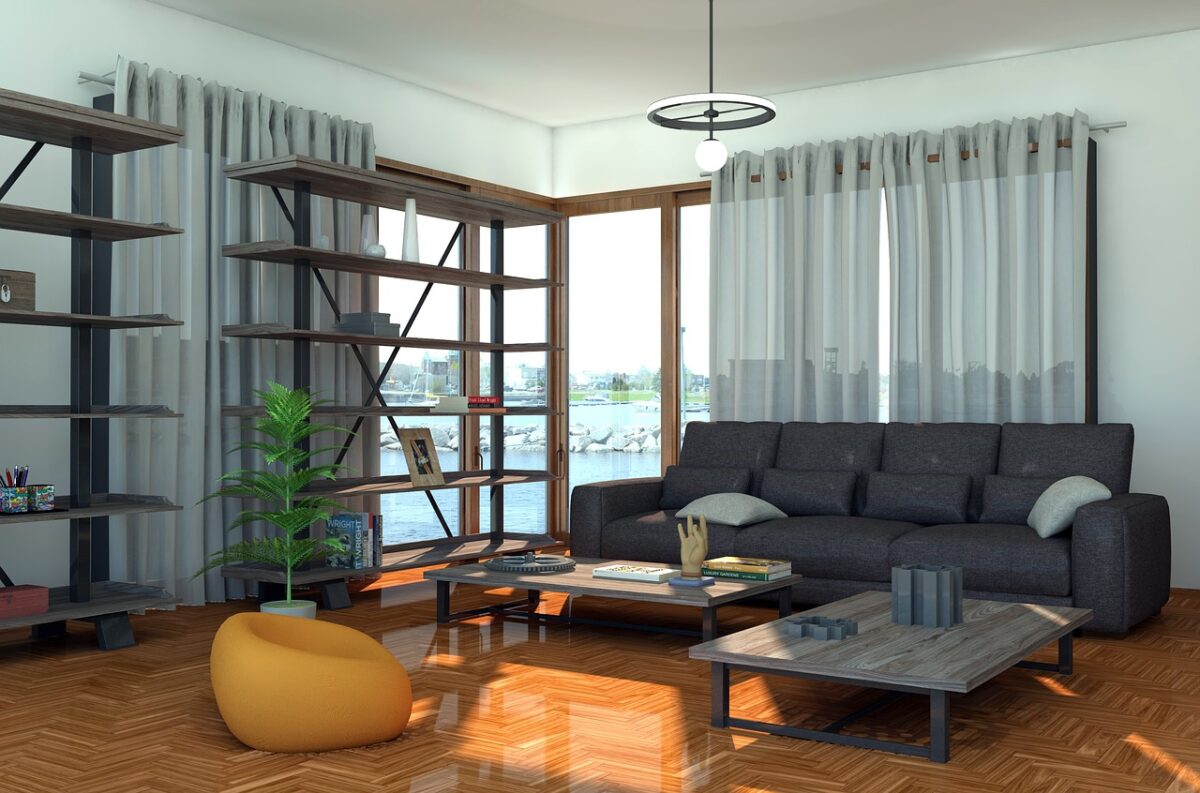In the realm of luxury living, the allure of minimalism has long reigned supreme. However, a compelling evolution beckons—a departure from stark simplicity toward a fusion of sleek sophistication and warmth. Designers advocate for a departure from strict minimalism while retaining a refined aesthetic, emphasizing the infusion of balance, warmth, and high-quality pieces that serve both function and joy.
The pivot beyond minimalism isn’t a rejection of its principles but an elevation—a quest for equilibrium that marries sophistication with a sense of cosiness. The essence lies in the selection of high-quality pieces, each chosen not merely for its aesthetic appeal but also for its ability to infuse purpose or evoke delight.
Natural elements emerge as silent protagonists in this narrative, breathing life into neutral yet textural spaces. Greenery and natural sunlight dance harmoniously, adding layers of depth and dimension to the canvas of luxury living rooms. These elements not only enhance aesthetics but also infuse spaces with an organic vibrancy, creating an atmosphere that feels alive and inviting.
Art becomes an anchor—a bridge that connects layers and infuses character into spaces. Eye-catching abstract pieces or those embodying simple, geometric forms stand as statements, offering a touch of sophistication while maintaining the room’s integrity. Each piece serves not just as an adornment but as a narrative, weaving stories within the confines of luxury interiors.
The selection of furniture becomes a careful orchestration of size and space. Appropriately sized pieces, neither overpowering nor dwarfed by the room, become pivotal. The goal is to avoid spaces that feel barren while ensuring each furniture item harmonizes seamlessly, contributing to the overall elegance and functionality of the room.
Embracing a few natural touches and textures adds depth, transforming spaces into warm and welcoming havens. The interplay of various textures not only elevates aesthetics but also stimulates the senses, inviting inhabitants to immerse themselves in a tactile symphony that complements the visual allure.
Decorative accents, the final brushstrokes in this masterpiece, demand thoughtfulness and restraint. Clean lines and minimal detailing take precedence over ornate or intricate elements. Each accent becomes a deliberate addition, enhancing the room’s sophistication without overwhelming its essence.
For small businesses specializing in luxury design, this departure from strict minimalism becomes an opportunity—an invitation to curate living spaces that transcend trends and resonate deeply with individual tastes. It’s about understanding that luxury isn’t confined to a particular style but is a reflection of personal preferences and nuanced expressions.
Social media becomes a dynamic canvas to showcase this nuanced approach to luxury living rooms. Through compelling visuals and engaging narratives, luxury design-build firms can unveil the artistry involved in transcending minimalism while maintaining sophistication and warmth.
In conclusion, the evolution beyond minimalism in luxury living rooms isn’t a revolution; it’s a symphony—a harmonious blend of elegance, warmth, and purpose. It’s about creating spaces that invite inhabitants to indulge in both refinement and comfort—an embodiment of sophistication without sacrificing cosiness.

